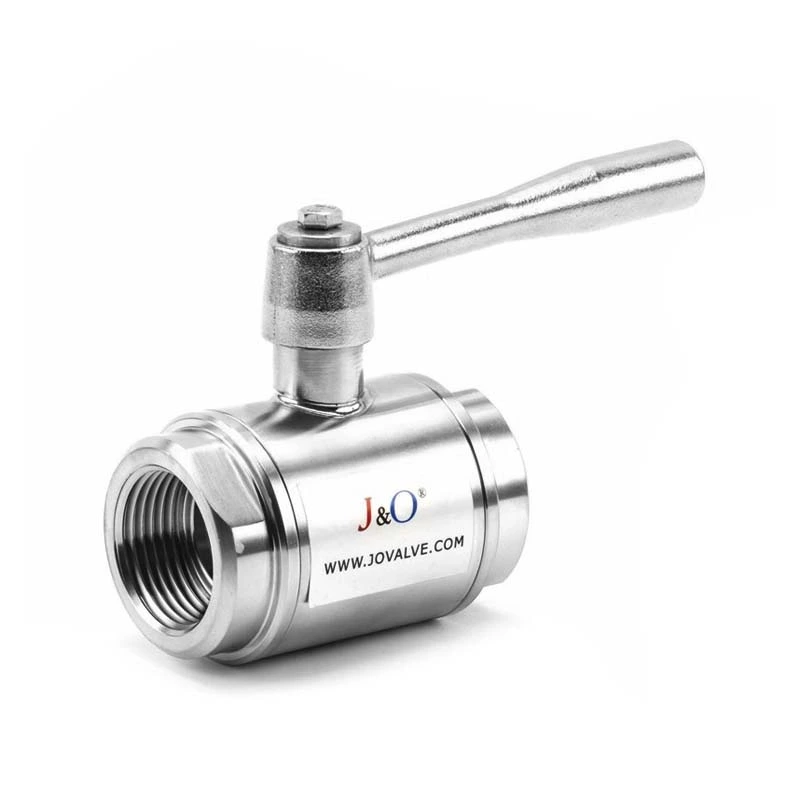When Installing A Stainless Steel Sanitary Ball Valve, The Following Requirements Must Be Followed
Sanitary Ball Valve is a specially designed ball valve for food, pharmaceutical, chemical and other fields. It is mainly made of stainless steel material with excellent corrosion resistance and high temperature and high pressure performance.
This ball valve adopts a full-bore design with no dead corners and protrusions inside, which can ensure the smooth flow of fluid and avoid contamination or accumulation. In addition, the sanitary ball valve manufacturers is also equipped with a sealing structure and a detachable connector for easy cleaning and maintenance.
Stainless steel sanitary motorized ball valve usually meet relevant industry standards such as 3A, BPE (Bioprocessing Equipment) and FDA (US Food and Drug Administration), and have undergone strict quality control and testing. They are widely used in pipeline systems for conveying liquids or gases, and realize flow regulation and cut-off operations in various links.
When installing stainless steel sanitary pneumatic ball valve, the following requirements need to be followed:
1. Installation location: Choose an appropriate location for installation to ensure that the ball valve can be operated and maintained normally. Factors such as operating space and pipeline connections should be taken into consideration.
2. Pipeline cleaning: Before installation, it is necessary to ensure that the inside of the pipeline system is clean and free of impurities and contaminants. The pipeline can be cleaned by flushing, purging or using cleaning agents.
3. Pipeline alignment: Align the ball valve with the corresponding pipeline and use appropriate sealing gaskets to ensure sealing performance.
4. Gasket selection: Select appropriate gasket materials according to the medium and working conditions to ensure good sealing effect. Common gasket materials include PTFE (polytetrafluoroethylene), EPDM (ethylene propylene rubber), etc.
5. Threaded joint processing: If the ball valve is threaded, special sealants or lubricants are required during installation to increase the tightening force between the threaded joints and improve the sealing performance.
6. Fix fasteners: After installation, please check whether all fasteners are properly tightened to ensure the stability and sealing of the ball valve.
7. Connect the pipeline: Use appropriate tools to connect the ball valve to the pipeline. For sanitary spherical valve, clamping, welding or quick-installation are usually used.
8. Test and inspection: After installation, perform corresponding tests and inspections, such as pressure test, leakage test, etc., to ensure that the ball valve can operate normally under normal working conditions.
It should be noted that relevant standards and specifications should be followed during the installation process, and the installation guide provided by the ball valve supplier should be referred to according to the specific situation.
